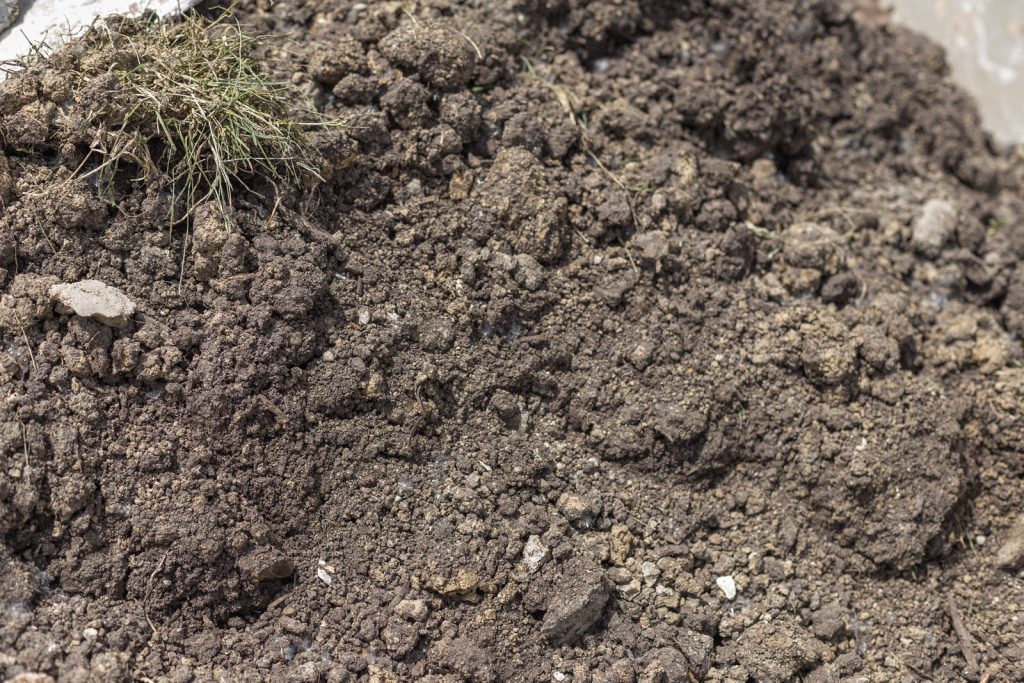Reasons For Concrete Shrinking
We’re here to dive deep and give you the dirt on why your concrete is sinking.
Why Concrete Shrinks?
It’s all about the dirt!
Concrete settlement occurs when soils beneath the slab are displaced. Depending on the area that your house is in, it could be a number of reasons why the soil has failed! In our area of BC, the sediments vary from soft peat to mountain bedrock. All soils react differently over time but the 3 major causes of settlement are: drying and shrinking of the soils, wetting and softening of soil and poorly compacted fill soil.
Drying and shrinking soils
During prolonged dry periods, the soils around your home may begin to dry. Clay soils are especially prone to shrinking and dry out, which creates a void between the structure and the soil it’s relying on to support it. When this happens, your foundation can settle as well which often results in structural damage.
OVER-SATURATED SOILS
Water can be dangerous for your home’s structure in many ways. Here are some common causes of water over-saturation:
- Heavy rains and flooding can soften the once-dry soil to become over-saturated and cause heavy objects to sink (AKA – your house)
- Poor drainage, such as clogged gutters, can cause water to pool next to the home, which softens the soils. Boom, there goes your house
- Plumbing leaks and broken water lines under or near a home can be really detrimental to the soil. The excess water causes the soil to settle, which can cause interior slabs to sink, or even the whole foundation. Oftentimes, plumbing leaks actually push soils out from under the home, creating a void beneath the structure.
Poorly Compacted Fill SoilS
Before building a new home, builders often use soils from another location to fill in any hollow or depressed areas in the lot. This “fill soil” is typically looser and lighter than the dense, – hard-packed soils already present in the lot. This fill soil is usually compacted thoroughly before placing a foundation. However, if this compaction is not done, or is done poorly, your home’s weight may cause the soil to compress, leading to foundation settlement issues.
One of the most common cases we see is when houses are built on a slope. If your house is on a slope, chances are that half your house is sitting on the original soils and the other half is on fill-soils. We see cases like this at least once a week, where the fill soils have started to give way, causing the foundation to settle. Aren’t sure what symptoms of settlement to look for? Do this quick test to find out!
So now you know, concrete settlement is definitely all about the dirt!
If you’re concerned about settlement around your home, please contact us now for a free estimate. We’d love to help!
